Study on Dynamic Changes of Vegetation in Permafrost Region of Qinghai-Tibet Plateau —— Take the Area along Qinghai-Tibet Highway as an Example
DOI: 10.23977/erej.2022.060405 | Downloads: 19 | Views: 1493
Author(s)
Yuyu Ji 1, Qian Wang 1, Xuelian Song 1, Xirui Ruan 1, Jiajia Liu 1, Wen Zhang 1, Puchang Wang 1, Caiyun Xie 1, Huajiang Tang 1, Fengpeng Liu 1, Zhiwei Wang 1
Affiliation(s)
1 Institute of Grass Industry, Guizhou Academy of Agricultural Sciences, Guiyang, Guizhou, 550006, China
Corresponding Author
Zhiwei WangABSTRACT
Global warming leads to the degradation of permafrost in the Qinghai-Tibet Plateau, which has an important impact on the growth and distribution of its vegetation. However, the reduction and destruction of vegetation may lead to the degradation or disappearance of frozen soil, which will have a large-scale impact on engineering buildings and frozen soil ecological environment in cold regions. There is serious spatial heterogeneity in vegetation growth and change in permafrost regions of Qinghai-Tibet Plateau, so it is urgent to quantitatively study the process of surface vegetation change along Qinghai-Tibet Highway. In this study, MODIS data was used to study the characteristics of vegetation growth along the Qinghai-Tibet Plateau from 2000 to 2021, and it was found that the vegetation on the east side of the highway was better than that on the west side. On the whole, the vegetation growth from 2000 to 2021 showed a slight upward trend.
KEYWORDS
MODIS NDVI, Permafrost, Alpine grassland, Qinghai-Tibet PlateauCITE THIS PAPER
Yuyu Ji, Qian Wang, Xuelian Song, Xirui Ruan, Jiajia Liu, Wen Zhang, Puchang Wang, Caiyun Xie, Huajiang Tang, Fengpeng Liu, Zhiwei Wang, Study on Dynamic Changes of Vegetation in Permafrost Region of Qinghai-Tibet Plateau —— Take the Area along Qinghai-Tibet Highway as an Example. Environment, Resource and Ecology Journal (2022) Vol. 6: 31-36. DOI: http://dx.doi.org/10.23977/erej.2022.060405.
REFERENCES
[1] Zhang Geli, Zhang Yangjian, Dong Jinwei et al. Green-up dates in the Tibetan Plateau have continuously advanced from 1982 to 2011. PNAS, 2013, 110(11): 4309-4314.
[2] Wang Genxu, Yang Yan, Zhang Guangtao, et al. Cryosphere Ecosystem: Outposts and Barriers to Global Change. Bulletin of the Chinese Academy of Sciences, 2020, 35(4): 425-433.
[3] Jin Xiaoying, Jin Huijun, Go Iwahana, et al. Impacts of climate-induced permafrost degradation on vegetation: A review. Advances in Climate Change Research, 2020.
[4] Wang Genxu, Li Yuanshou, Wu Qingbai, etc. The relationship between frozen soil and vegetation in the permafrost regions of the Qinghai-Tibet Plateau and its impact on the alpine ecosystem. Science in China Series D Earth Sciences, 2006, 36(8): 743-754.
[5] Zhang Yili, Gao Jungang, Liu Linshan, et al. NDVI-based vegetation changes and their responses to climate change from 1982 to 2011: A case study in the Koshi River Basin in the middle Himalayas. Global and Planetary Change, 2013, 108: 139-148.
[6] Luo Lihui, Ma wei, Zhang Yanli, et al. The impacts of climate change and human activities on alpine vegetation and permafrost in the Qinghai-Tibet Engineering Corridor. Ecological Indicators, 2018, 93: 24-35.
[7] Gao Liming, Zhang Lele. Research on the Temporal and Spatial Changes of Vegetation Coverage in Qinghai Lake Basin. Journal of Geo-Information Science, 2019, 21(9): 1318-1329.
[8] Peng Jian, Liu Zhenhuan, Liu Yinghui, et al. Trend analysis of vegetation dynamics in Qinghai-Tibet Plateau using Hurst Exponent. Ecological Indicators, 2012, 14: 28-39.
| Downloads: | 5801 |
|---|---|
| Visits: | 415134 |
Sponsors, Associates, and Links
-
International Journal of Geological Resources and Geological Engineering
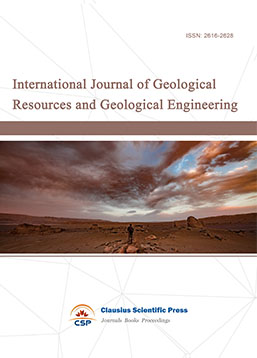
-
Big Geospatial Data and Data Science

-
Solid Earth and Space Physics

-
Environment and Climate Protection
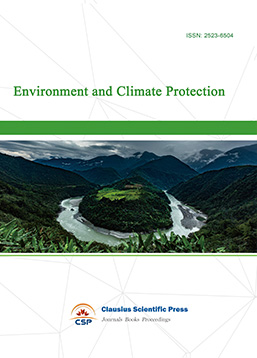
-
Journal of Cartography and Geographic Information Systems

-
Offshore and Polar Engineering

-
Physical and Human Geography
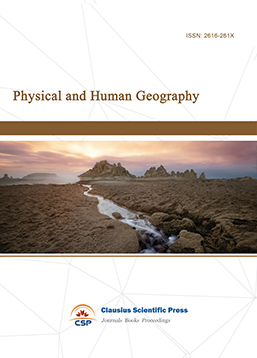
-
Journal of Atmospheric Physics and Atmospheric Environment
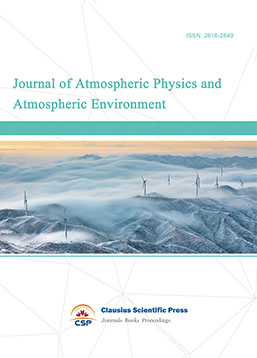
-
Trends in Meteorology

-
Journal of Coastal Engineering Research
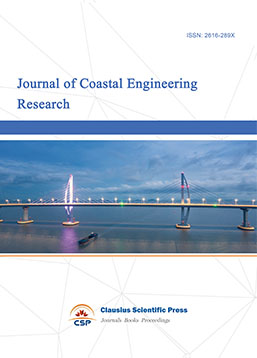
-
Focus on Plant Protection
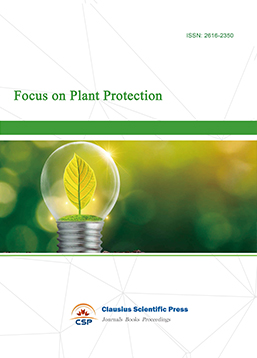
-
Toxicology and Health of Environment
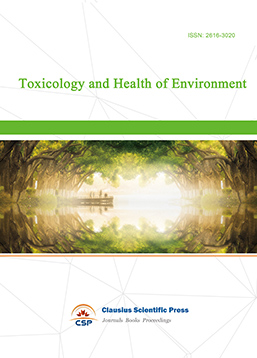
-
Geoscience and Remote Sensing
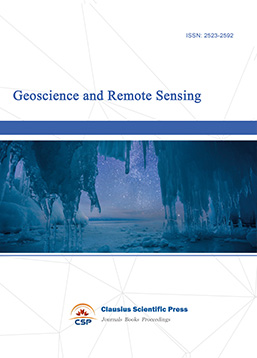
-
Advances in Physical Oceanography

-
Biology, Chemistry, and Geology in Marine
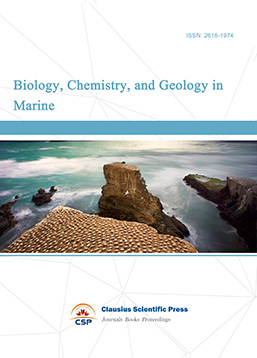
-
Water-Soil, Biological Environment and Energy

-
Geodesy and Geophysics

-
Journal of Structural and Quaternary Geology
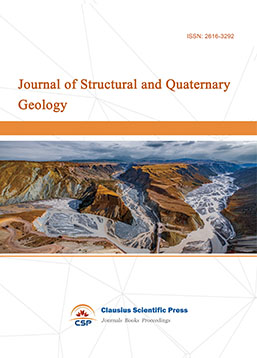
-
Journal of Sedimentary Geology

-
International Journal of Polar Social Research and Review


 Download as PDF
Download as PDF